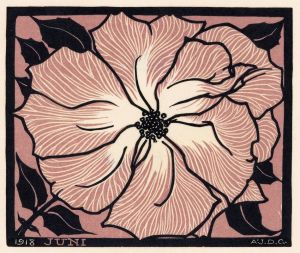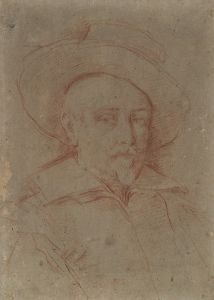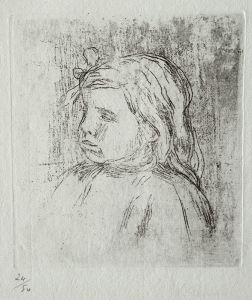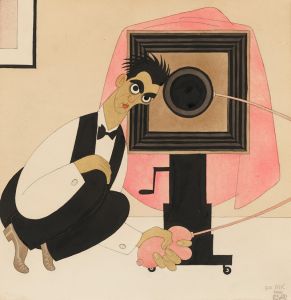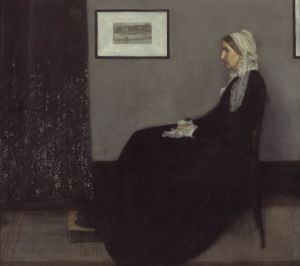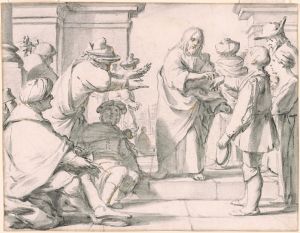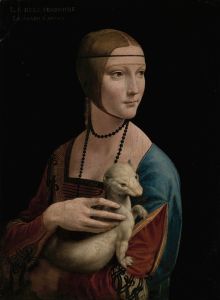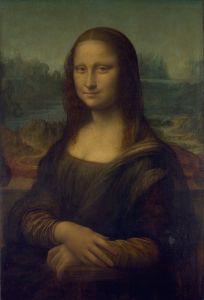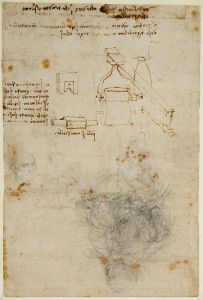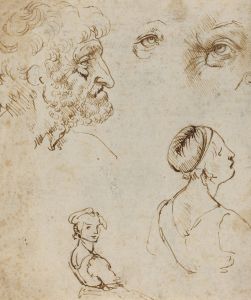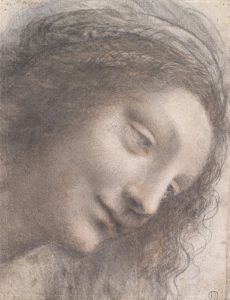
Salvator Mundi
A hand-painted replica of Leonardo da Vinci’s masterpiece Salvator Mundi, meticulously crafted by professional artists to capture the true essence of the original. Each piece is created with museum-quality canvas and rare mineral pigments, carefully painted by experienced artists with delicate brushstrokes and rich, layered colors to perfectly recreate the texture of the original artwork. Unlike machine-printed reproductions, this hand-painted version brings the painting to life, infused with the artist’s emotions and skill in every stroke. Whether for personal collection or home decoration, it instantly elevates the artistic atmosphere of any space.
"Salvator Mundi" (Latin for "Savior of the World") is a painting attributed to the Italian Renaissance artist Leonardo da Vinci, dated to around 1500. The painting depicts Jesus Christ in an anachronistic blue Renaissance dress, making the sign of the cross with his right hand while holding a transparent, non-refracting crystal orb in his left hand. This orb symbolizes the celestial sphere of the heavens.
The painting's provenance is complex and has been the subject of much research and debate. It was believed to have been painted for Louis XII of France and his consort, Anne of Brittany. The work was recorded in the collection of Charles I of England in 1649, and it was later sold by his son, Charles II. After disappearing from records for a long period, it resurfaced in 1900 when it was acquired by Sir Charles Robinson as a work by Bernardino Luini, one of Leonardo's followers. At that time, the painting was heavily overpainted and its true authorship was not recognized.
In 1958, "Salvator Mundi" was sold at auction for £45, again attributed to a follower of Leonardo. It was not until 2005 that the painting was rediscovered and subsequently underwent extensive restoration. The restoration process revealed the high quality of the original work beneath the overpainting, leading to its reattribution to Leonardo da Vinci by a number of leading scholars.
The painting was exhibited in 2011 at the National Gallery in London as an authentic Leonardo da Vinci work, which significantly increased its fame and value. In November 2017, "Salvator Mundi" was sold at Christie's in New York for $450.3 million, making it the most expensive painting ever sold at auction. The buyer was later revealed to be Saudi Arabian prince Badr bin Abdullah, acting on behalf of the Saudi Arabian crown prince Mohammed bin Salman.
The authenticity of "Salvator Mundi" as a work by Leonardo da Vinci has been a subject of debate among art historians. While many experts affirm its attribution to Leonardo, some have raised questions about the extent of his involvement, suggesting that it may have been completed with the assistance of his workshop. Despite these debates, the painting remains one of the most discussed and studied works in the art world.
"Salvator Mundi" is notable not only for its artistic quality but also for its historical significance and the mystery surrounding its provenance and attribution. It continues to be a subject of fascination and scholarly interest, reflecting the enduring legacy of Leonardo da Vinci as one of the greatest artists of all time.





